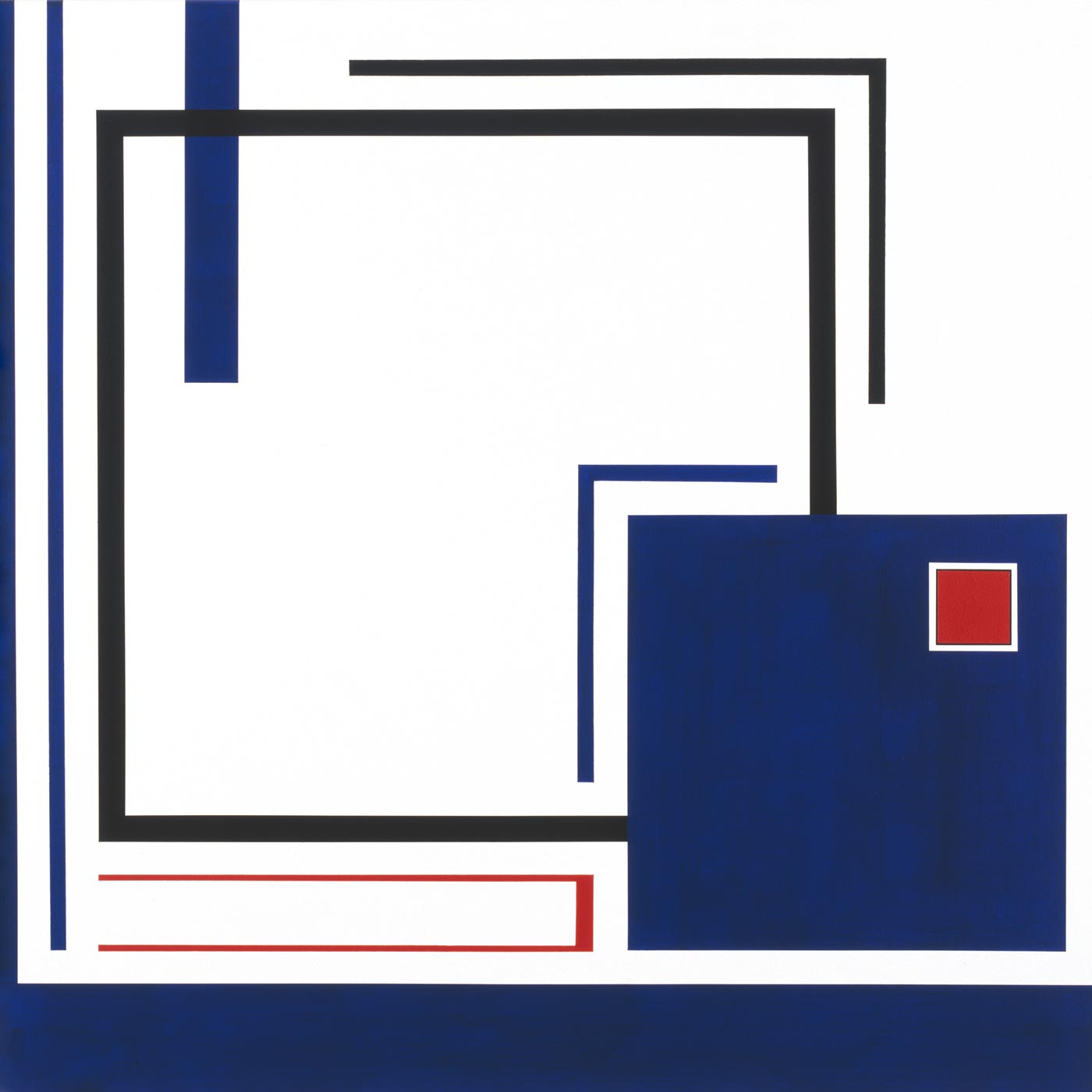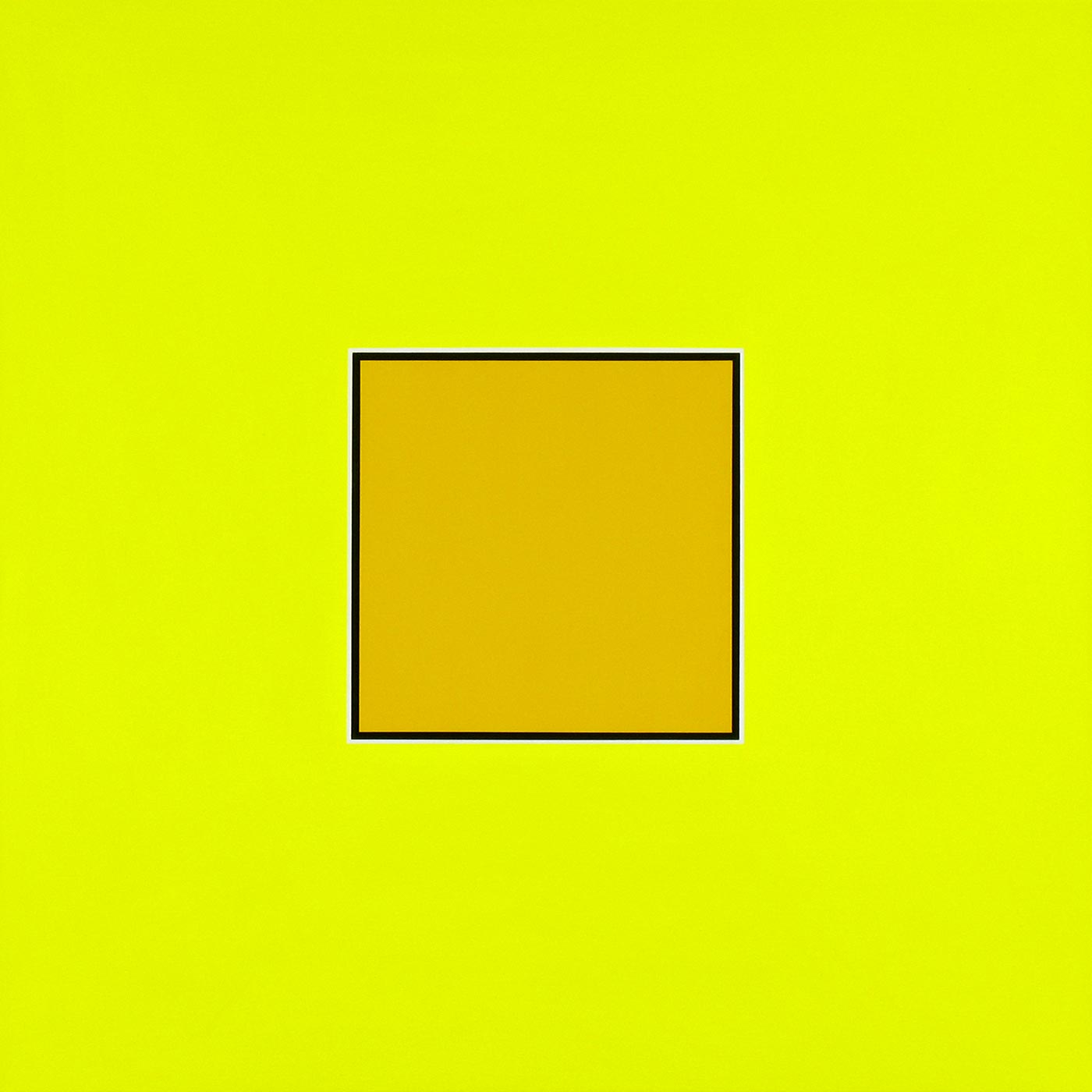»On the Ethos of Concrete Art«
written by Eugen Gomringer, 2002
There are abundant examples attesting to the thesis that over the past ninety years concrete art, more than any other art, has been accompanied and motivated by moral claims of an apodictic character. Hans Arp, in his manifesto of 1915 wrote: »Such works are constructed of lines, surfaces, forms and colours which strive to move beyond the perspective of the merely human to the infinite and the eternal. They thus seek to relinquish the standpoint of the ego.« He continues: »Concrete art endeavours to change the world and render it more bearable. It strives to free man from perilous madness and vanity, and …

»Concrete Art present with Ina von Jan«
written by Eugen Gomringer, 2010
An astute observer of Concrete Art, which, in various guises, has been evolving over a period of roughly one hundred years, recently claimed that its degree of its renown may be shown in the form of two circles: by an inner circle, which, abundant of vitality and intellectual interest links numerous artists and art enthusiasts throughout the world, and by an outer circle to which even the term “Concrete Art” is only rarely made reference, and about which precise knowledge …

»Ina von Jan’s Experiments in the Light of Contrasting Initial Approaches«
written by Eugen Gomringer, 2018
Whoever has made a study of Ina von Jan’s art of perception from her early years in the foregoing century will have noticed her alliance with the ordering potency of Concrete Art. And yet, with their transparent constellations the linear formations and coloured surfaces of von Jan’s paintings display a freedom that accommodates experimentation in both realms – in colour as well as …


Farbe wird Licht
Catalogue
Accompanying catalogue to the exhibition FARBE WIRD LICHT by Ina von Jan, held at Museum Angerlehner from 2 December 2018 to 27 January 2019; including written contributions by Eugen Gomringer, Thomas Elsen, Ina von Jan, Jochen Meister, Georg Schmidt. Design: Gregor Stödtner
Bound edition, format 270/210 mm, 144 pages with numerous coloured illustrations, 1st edition 2018, English/German
ISBN 978-3-903078-22-2
The catalogue may be ordered through the publishers, or please feel free to simply contact me directly.


